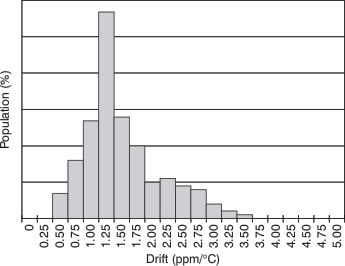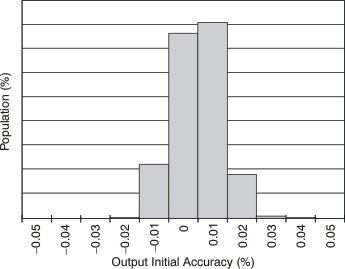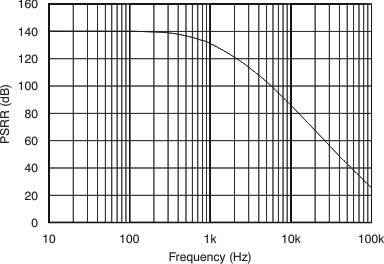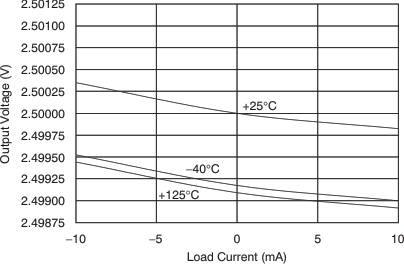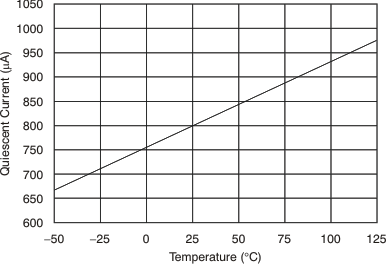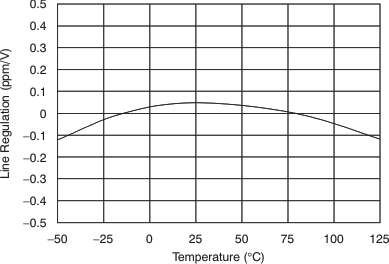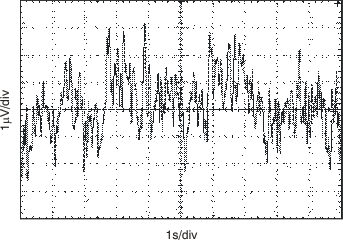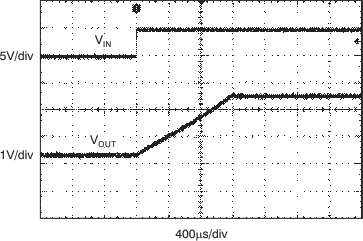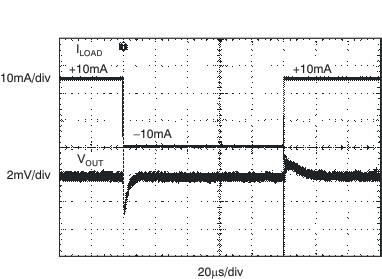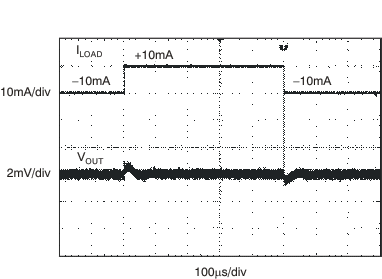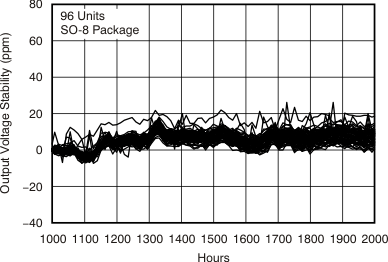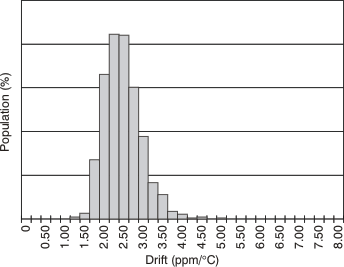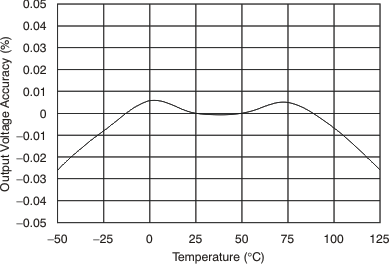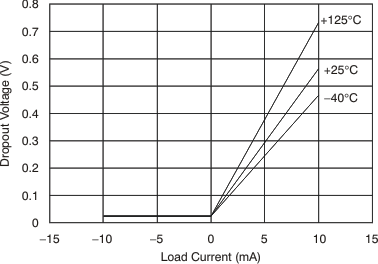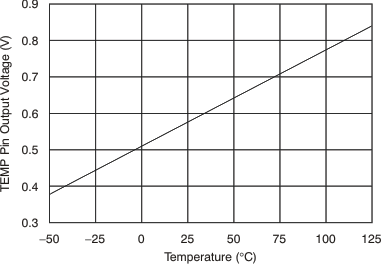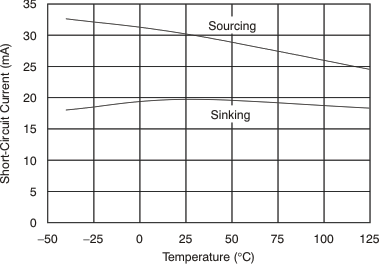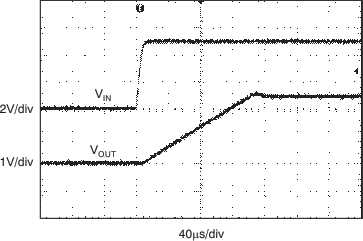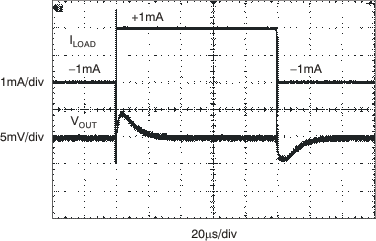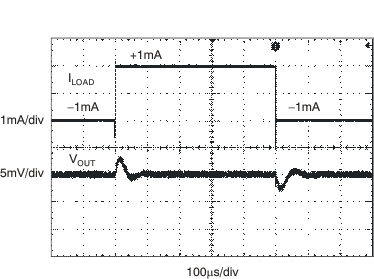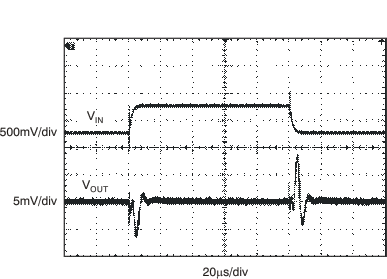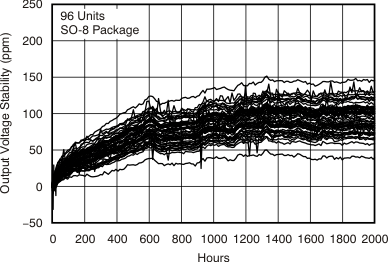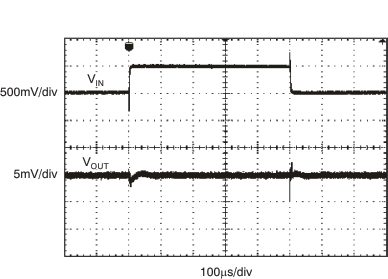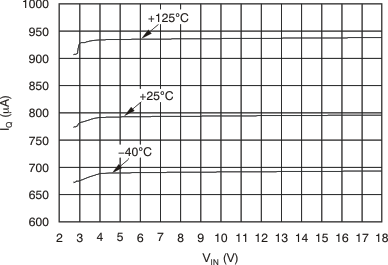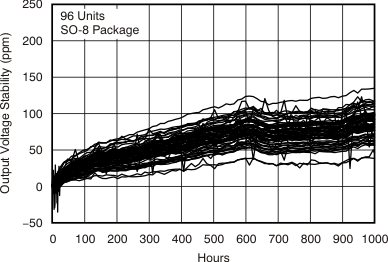SBOS456H September 2008 – February 2015 REF5020A-Q1 , REF5025A-Q1 , REF5030A-Q1 , REF5040A-Q1 , REF5045A-Q1 , REF5050A-Q1
PRODUCTION DATA.
- 1 Features
- 2 Applications
- 3 Description
- 4 Simplified Schematic
- 5 Revision History
- 6 Pin Configuration and Functions
- 7 Specifications
- 8 Detailed Description
- 9 Application and Implementation
- 10Power Supply Recommendations
- 11Layout
- 12Device and Documentation Support
- 13Mechanical, Packaging, and Orderable Information
Package Options
Mechanical Data (Package|Pins)
- D|8
Thermal pad, mechanical data (Package|Pins)
Orderable Information
7 Specifications
7.1 Absolute Maximum Ratings(1)
| MIN | MAX | UNIT | ||
|---|---|---|---|---|
| Input voltage | 18 | V | ||
| Output short-circuit | 30 | mA | ||
| Operating temperature | –40 | 125 | °C | |
| Junction temperature (TJ max) | 150 | °C | ||
| Storage temperature (Tstg) | –65 | 150 | °C | |
(1) Stresses above these ratings may cause permanent damage. Exposure to absolute maximum conditions for extended periods may degrade device reliability. These are stress ratings only, and functional operation of the device at these or any other conditions beyond those specified is not implied.
7.2 ESD Ratings
| VALUE | UNIT | |||
|---|---|---|---|---|
| REF5020A-Q1, REF5040A-Q1, AND REF5050A-Q1 | ||||
| V(ESD) | Electrostatic discharge | Human-body model (HBM), per AEC Q100-002(1) | ±500 | V |
| Charged-device model (CDM), per AEC Q100-011 | ±1000 | |||
| Machine Model (MM) | 200 | |||
| REF5030A-Q1 AND REF5045A-Q1 | ||||
| V(ESD) | Electrostatic discharge | Human-body model (HBM), per AEC Q100-002(1) | ±1000 | V |
| Charged-device model (CDM), per AEC Q100-011 | ±1000 | |||
| Machine Model (MM) | 200 | |||
(1) AEC Q100-002 indicates that HBM stressing shall be in accordance with the ANSI/ESDA/JEDEC JS-001 specification.
7.3 Recommended Operating Conditions
over operating free-air temperature range (unless otherwise noted)| MIN | MAX | UNIT | ||
|---|---|---|---|---|
| VIN | Supply input voltage | VOUT + 0.2(1) | 18 | V |
(1) For VOUT ≤ 2.5 V, the minimum supply voltage is 2.7 V.
7.4 Thermal Information
| THERMAL METRIC(1) | D (SOIC) | UNIT | |
|---|---|---|---|
| 8 PINS | |||
| RθJA | Junction-to-ambient thermal resistance | 107.1 | °C/W |
| RθJC(top) | Junction-to-case (top) thermal resistance | 48.8 | |
| RθJB | Junction-to-board thermal resistance | 48.3 | |
| ψJT | Junction-to-top characterization parameter | 6.8 | |
| ψJB | Junction-to-board characterization parameter | 47.6 | |
(1) For more information about traditional and new thermal metrics, see the IC Package Thermal Metrics application report, SPRA953.
7.5 Electrical Characteristics: Per Device
TA = 25°C, ILOAD = 0, CL = 1 μF, VIN = (VOUT + 0.2 V) to 18 V (unless otherwise noted).| PARAMETER | TEST CONDITIONS | MIN | TYP | MAX | UNIT | |
|---|---|---|---|---|---|---|
| REF5020 (VOUT = 2.048 V)(1) | ||||||
| VOUT | Output voltage | 2.7 V < VIN < 18 V | 2.048 | V | ||
| Initial accuracy, standard grade | –0.1% | 0.1% | ||||
| Output voltage noise | f = 0.1 Hz to 10 Hz | 6 | μVPP | |||
| REF5025 (VOUT = 2.5 V) | ||||||
| VOUT | Output voltage | 2.5 | V | |||
| Initial accuracy, standard grade | –0.1% | 0.1% | ||||
| Output Voltage Noise | f = 0.1 Hz to 10 Hz | 7.5 | μVPP | |||
| REF5030 (VOUT = 3 V) | ||||||
| VOUT | Output voltage | 3 | V | |||
| Initial accuracy, standard grade | –0.1% | 0.1% | ||||
| Output voltage noise | f = 0.1 Hz to 10 Hz | 9 | μVPP | |||
| REF5040 (VOUT = 4.096 V) | ||||||
| VOUT | Output voltage | 4.096 | V | |||
| Initial accuracy, standard grade | –0.1% | 0.1% | ||||
| Output voltage noise | f = 0.1 Hz to 10 Hz | 12 | μVPP | |||
| REF5045 (VOUT = 4.5 V) | ||||||
| VOUT | Output voltage | 4.5 | V | |||
| Initial accuracy, standard grade | –0.1% | 0.1% | ||||
| Output voltage noise | f = 0.1 Hz to 10 Hz | 13.5 | μVPP | |||
| REF5050 (VOUT = 5 V) | ||||||
| VOUT | Output voltage | 5 | V | |||
| Initial accuracy, standard grade | –0.1% | 0.1% | ||||
| Output voltage noise | f = 0.1 Hz to 10 Hz | 15 | μVPP | |||
(1) For VOUT ≤ 2.5 V, the minimum supply voltage is 2.7 V.
7.6 Electrical Characteristics: All Devices
Boldface limits apply over the specified temperature range, TA = –40°C to 125°C.TA = 25°C, ILOAD = 0, CL = 1 μF, VIN = (VOUT + 0.2 V) to 18 V (unless otherwise noted).
| PARAMETER | TEST CONDITIONS | MIN | TYP | MAX | UNIT | ||
|---|---|---|---|---|---|---|---|
| dVOUT/dT | Output voltage temperature drift, standard grade | Over temperature | 3 | 8 | ppm/°C | ||
| dVOUT/dVIN | Line regulation | REF5020 only(1) | VIN = 2.7 V to 18 V | 0.1 | 1 | ppm/V | |
| All other devices | VIN = VOUT + 0.2 V | 0.1 | 1 | ppm/V | |||
| All devices | Over temperature | 0.2 | 1 | ppm/V | |||
| dVOUT/dILOAD | Load regulation | REF5020 only | –10 mA < ILOAD < +10 mA, VIN = 3 V | 20 | 30 | ppm/mA | |
| All other devices | –10 mA < ILOAD < +10 mA, VIN = VOUT + 0.75 V |
20 | 30 | ppm/mA | |||
| All devices | Over temperature, –10 mA < ILOAD < +10 mA |
50 | ppm/mA | ||||
| ISC | Short-circuit current | VOUT = 0 V | 25 | mA | |||
| Thermal hysteresis, (2) standard grade | Cycle 1 | 10 | ppm | ||||
| Cycle 2 | 5 | ppm | |||||
| Long-Term Stability | 0 to 1000 hours | 90 | ppm/1000 hr | ||||
| 1000 to 2000 hours | 10 | ppm/1000 hr | |||||
| Voltage output, TEMP pin | At TA = 25°C | 575 | mV | ||||
| Temperature sensitivity , TEMP pin | Over temperature | 2.64 | mV/°C | ||||
| Turn-on settling time | To 0.1% with CL = 1 μF | 200 | μs | ||||
| VS | Power supply voltage | See Note (1) | VOUT + 0.2(1) | 18 | V | ||
| Power supply, quiescent current | 0.8 | 1 | mA | ||||
| Over temperature | 1.2 | mA | |||||
| TEMPERATURE RANGE | |||||||
| Specified range | –40 | 125 | °C | ||||
| Operating range | –55 | 125 | °C | ||||
| Thermal resistance | 150 | °C/W | |||||
(1) For VOUT ≤ 2.5 V, the minimal supply voltage is 2.7 V.
(2) The Thermal Hysteresis section explains the thermal hysteresis procedure in detail.
7.7 Typical Characteristics
TA = 25°C, ILOAD = 0, VS = VOUT + 0.2 V (unless otherwise noted). For VOUT ≤ 2.5 V, the minimum supply voltage is 2.7 V.